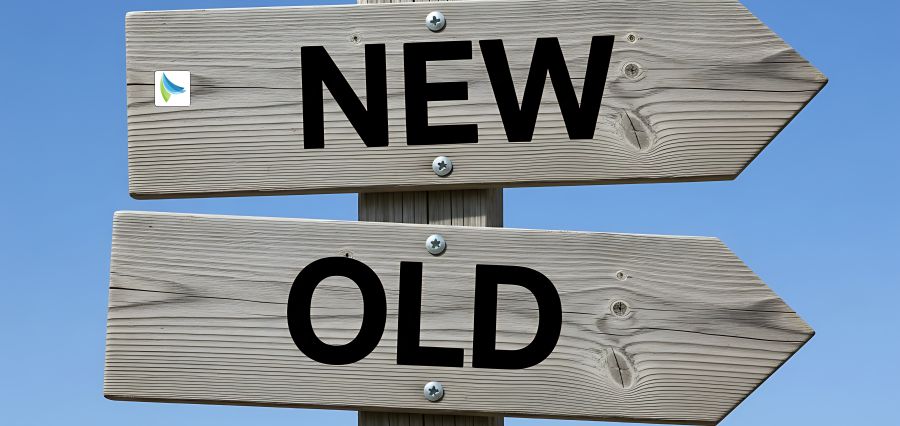Crisis as a Catalyst
Crisis has ever been the test of leadership. When uncertainty gloom settles, when established formulae disintegrate, and when stakes are highest, leaders come to the plate in good faith. While periods of peace unlock management expertise, it is at times of break with the past—economic shocks, pandemics, political revolutions, or technology turmoils—that leadership strength gets tested and re-tempaled. Crisis never selects times for terror but rather as initiators that turn average men and women into great leaders.
Crisis Defining Power
Crisis turns the screw tight on time, creating situations where leaders must make decisions with gigantic pressure and thin facts. Such a cutting-edge decision tests leadership skills and weaknesses beyond any other experience. Best to survive is not always the most experienced, or technically best qualified, but one with vision powered by courage, empathy, and elasticity.
Wise leaders know that crises are not just disruptions to be weathered but also inflection points with the power to reshape the course of organizations, industries, and society. By seeing opportunity in disruption, they turn crisis into a stepping stone rather than a stumbling block.
Courage in the Face of Uncertainty
The courage is the first sign of crisis leadership. As fear and uncertainty have a tendency to spread, leaders must act boldly—yet with uncertainty. It doesn’t imply reckless decision-making but inclination to act when others are afraid to do so. Risky decision-making amidst turbulence proves confidence and accountability, instilling confidence within the team and stakeholders.
Courage also means accountability for outcomes—good or bad. Leaders who take ownership, even to flawed conditions, demonstrate integrity and build loyalty.
Clarity of Vision Amid Chaos
In the upheaval and disturbance of crisis, vision is worth more than gold. Leaders of high caliber simplify complexity to direction, providing a firm compass when uncertainty beckons with immobility. They are concerned with short-run survival, yes, but significantly more concerned with survival in the long run, that decisions made today do not jeopardize tomorrow’s options.
Clarity also exists in communication. Open, direct, and consistent leaders reduce anxiety and maintain trust, even when communicating negative news. This enables communication to serve as a stabilizer and rallying point.
Empathy as a Leadership Anchor
Where strategy and decisiveness are crucial, empathy is also indispensable. Crisis touches people at a highly personal level—through job security, emotional trauma, or lives being put at risk. Leaders who understand these realities and show genuine concern build resiliency throughout their organizations.
Empathy does not involve sentimentalizing decisions but making sure that humanity is never sacrificed for the sake of getting things accomplished. When people are heard and cared about, they will be less likely to come apart at the seams under duress with each other.
Agility and Adaptability
Perhaps no attribute is more essential during crisis than flexibility. Uncertainty laws are that no one plan will ever succeed. The leaders have to be flexible, open to learning, and able to make quick turns as situations evolve.
Agile leaders try out, take a risk, and modify without clinging to what they first believed. They establish a culture of resiliency and innovation, where uncertainty becomes an open invitation to reinvention. In being themselves adaptable, they make space for their teams to creatively respond, not in fear.
Turning Crisis Into Opportunity
Leaders do not merely surf a crisis but turn it into a change-agency catalyst. Crisis exposes weaknesses but also lays bare the potential of innovation, re-prioritisation, and constructing enhanced systems. Leaders who make learning from disruption their business have organisations that come out wiser, stronger, and future-proof.
For instance, crises will speed up the embrace of new technologies, business models, or workstyles that normally would take years to implement. Those who adopt such hastening over resisting put their organizations at the frontiers.
Lessons That Endure
Crisis-tested leadership learnings last longer than the momentary disruption. Courage, clarity, empathy, and agility become second nature that leaders use on subsequent challenges. Teams that have ridden through a crisis together also learn more trust, deeper relationships, and purpose.
So, not only do crises test leadership—crises form it. Each disruption is a laboratory of resilience, setting leaders and organizations up for what’s next.
Crisis never arrives by happenstance, but it carries unique moments to make the most out of leadership. During uncertain times, great leaders distinguish themselves from backing away in fear, but instead confront it head-on with courage. They introduce order where there is chaos, empathy where human beings are at their worst, and flexibility when obsolete models crumble through. Most importantly, they are able to look beyond the crisis itself and use it as a force for change and growth.
History has shown that crisis leaders are those who protect their businesses in the short term, and create a better, stronger future. In times of turmoil, leadership is not so much about surviving upheaval—it’s about applying it as a platform for transformation.
Read Also: Pharma Leadership in Emerging Economies












